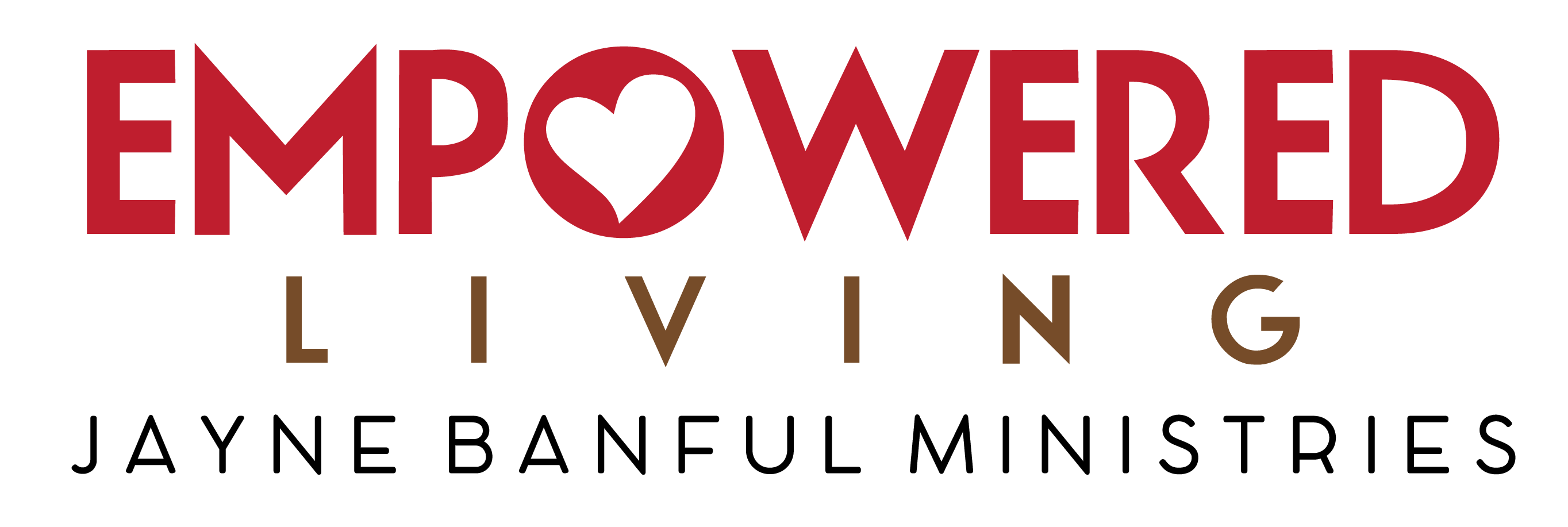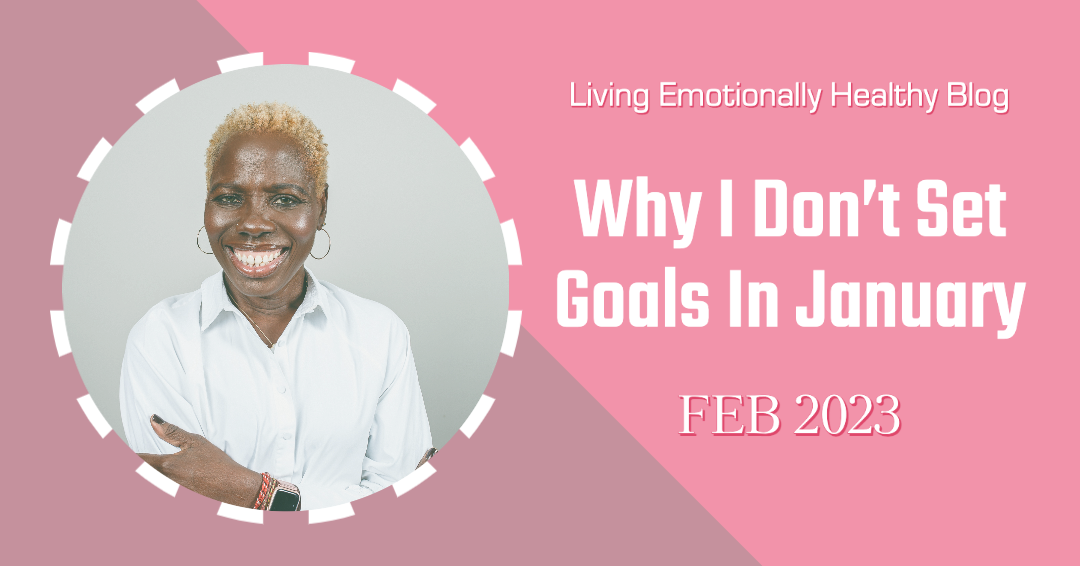At the start of the new year, the natural thing to do is to begin afresh – set goals or new year resolutions. But I don’t set goals in January.
So, why do I wait?
Simply, I don’t want to go with the January rush of setting goals and leaving a trail of unfinished tasks and goals in my wake. I have learned that the people who get things done, who are successful at what they do, do things differently. They think differently, and above all they have a clear picture of what they want. They are able to describe their dreams and goals in graphic detail. They have a vision for their lives. A vision is a picture of your preferred future. When you have a vision in your heart, it doesn’t mean you have set all things in stone (especially now that we live in an uncertain world) but you maintain a clear goal for your heart’s desires whilst remaining flexible and open on the journey.
Reflection is an important process that most of us don’t get into. “Reflection is pondering in a positive way about what you do, why you do it and if there is a better or more efficient way to do something.” Reflection is an important part of learning and growth.
Sitting with yourself in the reflective space enables you to sift out any lies and limiting beliefs you have about yourself. It is an opportunity to ask yourself: Are they true? Are those negative thoughts kind and empowering?’Common limiting beliefs include ‘I’m not good at expressing myself’ ‘I lack motivation, ‘I’m easily distracted, the most popular one most people use is ‘I’m not a creative person’. Every human being created in the image of God is innately creative! Creativity is inbuilt. However, somewhere on your life journey somebody may have told you something about not being expressive or creative and you believed it. Limiting beliefs are stored in our subconscious and we operate unaware of their impact on us. A belief is an ‘assumed’ truth.
When you challenge negative beliefs about yourself that lurk in your mind, you can replace them with empowering thoughts and beliefs.
Before putting pen to paper, or envisioning your future and setting your goals reflect on your year, endeavour to reflect first. October is a good time to start this process. We are prone to focus on the negatives in our lives so with this awareness begin your reflection with the things in your year that you are most grateful for, the relationships and people who have supported you, encouraged you – the cheerleaders in your life. My best friend and mentor, Meg, is one of my cheerleaders. She spurs me on throughout the year and I live with the awareness of the people I have and not the ones who have not been there for me.
Take time to reflect on what you have learned in the past year that you will take forward into the coming year. Honour and celebrate all your achievements, even the smallest things you were able to accomplish. Then, move on to your challenges. What were the challenges that you faced in the past year? How did you overcome them? You will be surprised at your resilience and how much it has brought you through.
The reflective process enables you to recognise your strengths and how you silenced your weaknesses. The final part of the reflective process is reviewing any goals you set in the past year. Did you achieve them? If not, do you still want to achieve them? You may want to tweak some of them and also set new goals that build on what you have achieved.
Reflection is a powerful process that engages your emotions in the present and enables you to plan the future with hope.
Setting goals is about having a clear picture of your own life. I ask myself ‘What is my personal path or life purpose?’ The goals I set are based on my personal life journey. I’m not comparing myself to anyone – my life, my path is different from everyone else’s. Most importantly, set goals with God. I prayerfully commit my goals and plans to the Lord. This verse is my guide when doing that:
“Within your heart you can make plans for your future, but the Lord chooses the steps you take to get there.” ( Proverbs 16:9)
Once you set your goals and know where you want to go, the next step is a strategy. You have to create a road map of how to get there with specific action steps. Remember, for change or transformation to be long-lasting it takes time. Take baby steps, ask yourself ‘What is the smallest step I can take today in order to move through this goal?’ ‘What resources do I need to action this goal?’.
One of the most important questions to ask your self when goal-setting is the future question: ‘What is the long term impact if I don’t do anything about this goal?’ Allow yourself to sit with the feelings this question evokes. The answer will energise and motivate you to work diligently towards achieving your goals.
Find a few people who you can be accountable to and share your goals with them. Find people who will remind you of your plans and encourage you on your journey. Give them permission to check on you from time to time and keep them informed about your progress.
Finally ‘just do it!’.The brain always follows the path of least resistance. When you overthink things it can cause you to freeze. Research says, that once you start a task your mind will keep working on it for you. Take one small step. Today.

